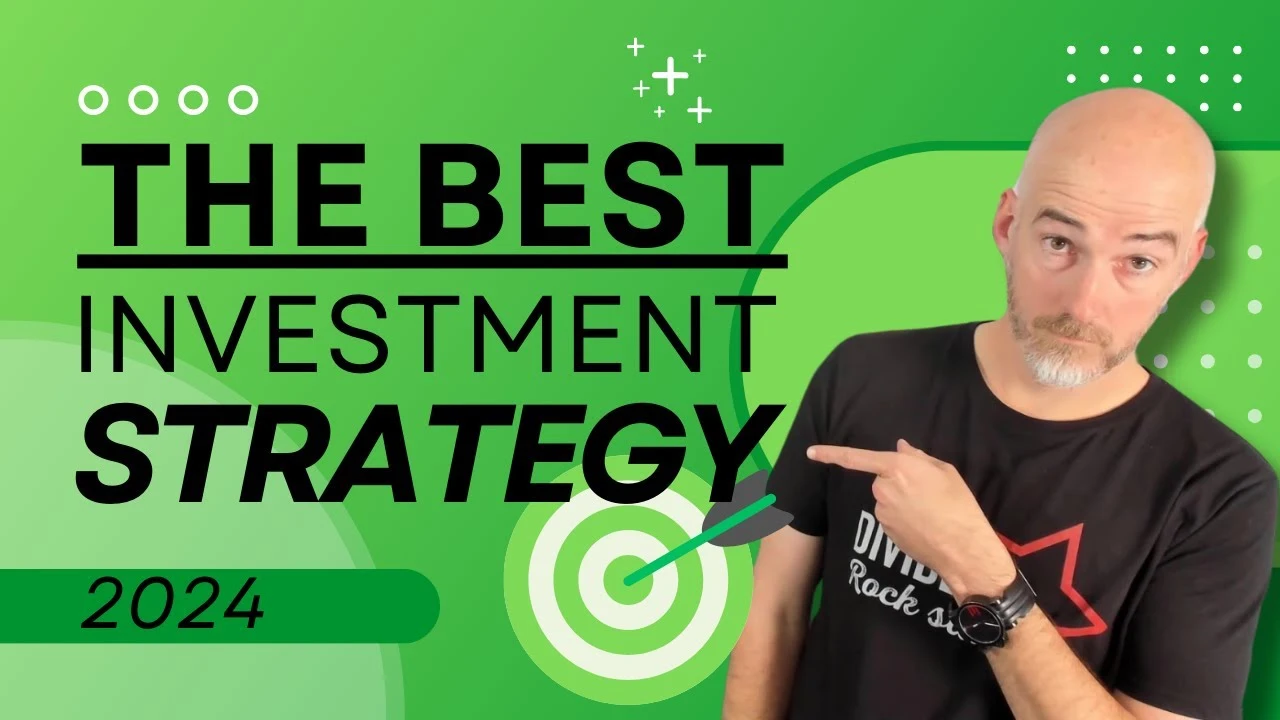Blogging remains a powerful way to share your ideas, connect with like-minded individuals, and even earn an income. Whether you’re passionate about a particular subject, looking to promote your business, or simply want to share your life’s adventures, starting a blog in 2024 can be a rewarding experience. This comprehensive guide will take you through the essential steps to start and grow a successful blog.

Contents
How to Start a Successful Blog in 2024
Here I’m going to tell you how to start a Successful Blog in 2024. If you want to start blogging, follow this steps below:
1. Define Your Niche
Importance of Choosing a Niche
Choosing a specific niche helps you focus your content, attract a dedicated audience, and establish yourself as an authority in that area. A well-defined niche makes it easier to create content that resonates with your readers.
How to Choose Your Niche
- Identify Your Interests: Consider what topics you are passionate about and enjoy discussing.
- Research Market Demand: Use tools like Google Trends, SEMrush, or Ahrefs to find out what people are searching for.
- Evaluate Competition: Look at other blogs in your niche. Identify gaps or underserved areas you can focus on.
2. Choose a Blogging Platform
Popular Blogging Platforms
- WordPress.org: Offers extensive customization options and a large support community. WordPress.org Requires a separate web hosting service.
- Blogger: Google’s free and user-friendly blogging platform, Blogger is suitable for beginners.
- Wix: A website builder that includes blogging capabilities with drag-and-drop features.
- Squarespace: Known for its beautiful templates and ease of use, ideal for visually appealing blogs.
Setting Up Your Blog
- Domain Name: Choose a memorable and relevant domain name that reflects your blog’s focus.
- Web Hosting: Select a reliable hosting provider such as Bluehost, SiteGround, or WP Engine for WordPress blogs.
3. Design Your Blog
Choosing a Theme
- User-Friendly: Ensure your theme is responsive, meaning it looks good on both desktop and mobile devices.
- Visually Appealing: Pick a design that reflects your brand and appeals to your target audience.
- Customization: Opt for themes that offer customization options to make your blog unique.
Essential Plugins and Features
- SEO Plugins: Yoast SEO or Rank Math to optimize your content for search engines.
- Social Sharing: Integrate social sharing buttons to make it easy for readers to share your posts.
- Analytics: Use Google Analytics to track your blog’s performance and gain insights into your audience.
- Security: Protect your blog with security plugins like Wordfence or Sucuri.
4. Create High-Quality Content
Content Planning
- Editorial Calendar: Plan your content schedule to maintain consistency and keep your audience engaged.
- Diverse Formats: Mix up your content with articles, videos, infographics, and podcasts to cater to different preferences.
Writing Engaging Posts
- Catchy Headlines: Craft compelling titles that grab attention and entice readers to click.
- Introduction: Start with a hook to draw readers in and give them a reason to continue reading.
- Body: Provide valuable, well-researched information. Use subheadings, bullet points, and images to break up text and enhance readability.
- Conclusion: Summarize key points and include a call to action, such as inviting comments or shares.
5. Optimize for SEO
On-Page SEO
- Keywords: Naturally incorporate relevant keywords throughout your content.
- Meta Descriptions: Write compelling meta descriptions to improve click-through rates from search engines.
- Alt Text: Use descriptive alt text for images to enhance accessibility and SEO.
Off-Page SEO
- Backlinks: Build backlinks by guest posting, collaborating with influencers, and participating in online communities.
- Social Media: Promote your content on social media platforms to drive traffic and engagement.
6. Promote Your Blog
Social Media Marketing
- Platform Selection: Identify which social media platforms your audience uses most.
- Consistency: Post regularly and engage with your followers to build a loyal community.
Email Marketing
- Build a Mailing List: Offer incentives like free ebooks or exclusive content to encourage sign-ups.
- Newsletters: Send regular newsletters to keep your audience informed and engaged with your latest content.
Networking and Collaboration
- Guest Posting: Write for other blogs in your niche to reach a wider audience and build backlinks.
- Collaborations: Partner with other bloggers or influencers for mutual promotion and content sharing.
7. Monetize Your Blog
Ad Networks
- Google AdSense: Easy way to earn through ads displayed on your blog.
- Mediavine: High-paying ad network for established blogs with substantial traffic.
Affiliate Marketing
- Join Affiliate Programs: Promote products related to your niche and earn commissions on sales.
- Write Reviews: Create honest reviews and guides featuring affiliate products, ensuring transparency with your audience.
Sponsored Content
- Collaborate with Brands: Work with companies to create sponsored posts or product reviews.
- Media Kit: Develop a media kit showcasing your blog’s statistics and audience demographics to attract potential sponsors.
8. Analyze and Improve
Track Performance
- Google Analytics: Monitor your traffic, user behavior, and popular content to understand what works best.
- Social Media Insights: Use analytics tools provided by social media platforms to track engagement and growth.
Continuous Improvement
- Feedback: Encourage reader feedback and use it to improve your content and user experience.
- Stay Updated: Keep up with the latest blogging trends, SEO practices, and industry news to stay competitive.


